Assessment Comprehension

What are the best ways to assess reading comprehension levels ?
Assessing reading comprehension levels is crucial in identifying strengths, weaknesses, and areas for improvement. Various methods include oral reading assessment, retelling or paraphrasing, written response questions, multiple-choice questions, and cloze tests. These techniques evaluate fluency, accuracy, understanding of main idea, details, and structure, factual recall, higher-level thinking skills, quick decision-making, context clue usage, grammar rules, vocabulary knowledge, and overall reading comprehension skills. By using a variety of assessment methods, educators can gain a comprehensive understanding of students' reading abilities and tailor instruction accordingly.
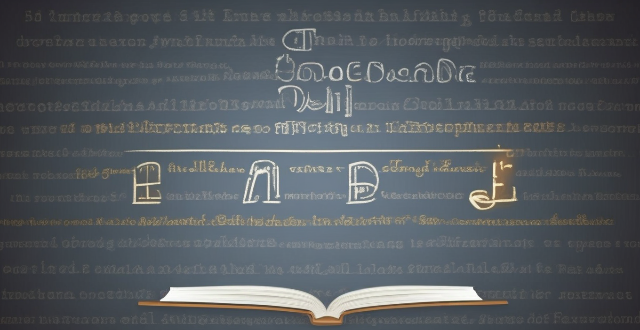
How does speed reading affect comprehension ?
Speed reading is a technique used to read text faster while maintaining or improving comprehension. However, the impact of speed reading on comprehension can vary depending on several factors such as the individual's reading skills, the difficulty level of the material, and the method used for speed reading. In this article, we will explore how speed reading affects comprehension and provide some tips to improve both speed and understanding.
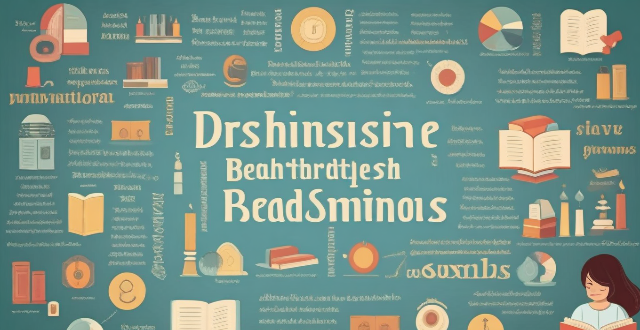
How does reading comprehension relate to critical thinking skills ?
The text discusses the relationship between reading comprehension and critical thinking skills, stating that they are closely intertwined. It explains that good reading comprehension skills enable individuals to understand and interpret written text, which in turn supports critical thinking by enhancing vocabulary, promoting inference and interpretation, encouraging evaluative thinking, and fostering open-mindedness. The text concludes that improving reading comprehension abilities strengthens critical thinking skills, enabling individuals to navigate complex challenges with greater insight and effectiveness.

How can I improve my reading comprehension in a foreign language ?
Improving Reading Comprehension in a Foreign Language Reading comprehension is crucial for learning a foreign language. Here are some tips to enhance your skills: 1. Start with Short Texts: Begin with news articles, blog posts, or children's books to understand simple language and clear structure. 2. Use Dictionaries and Translation Tools: Look up unknown words and phrases, but don’t rely too heavily on them. 3. Practice Active Reading: Engage with the text by asking questions, making connections, and summarizing key points. 4. Read Aloud and Listen to Audiobooks: Improve pronunciation, fluency, and comprehension while enjoying stories. 5. Join a Book Club or Language Exchange Group: Discuss the text, ask questions, and receive feedback from native speakers or other learners. Consistent practice of these strategies will help improve your reading comprehension in a foreign language.

How do I teach reading comprehension to young children ?
Teaching reading comprehension to young children is essential for their educational development. Here are strategies for making this process engaging and effective: 1. Start with short, simple texts like picture books, nursery rhymes, or short stories that are age-appropriate and interesting. 2. Make reading interactive by asking questions before, during, and after reading to encourage critical thinking. 3. Encourage vocabulary building by highlighting unfamiliar words and discussing their meanings. 4. Incorporate writing activities such as story maps, character sketches, and sequencing to reinforce comprehension skills. 5. Make learning fun by using games, drama, and music related to the text. Adapt your approach based on the child's interests and abilities to ensure maximum engagement and success.
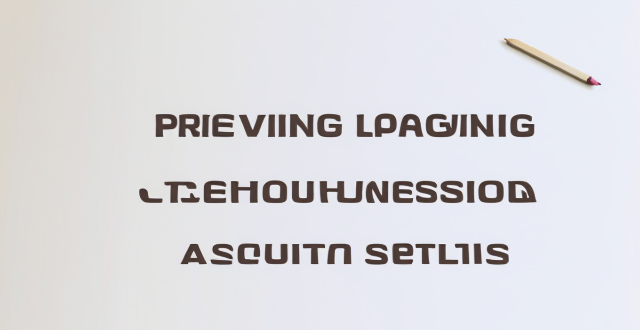
What are some tips for improving reading comprehension skills ?
The text provides tips for improving reading comprehension skills, which include active reading strategies like previewing the text, annotating and taking notes, asking questions, and summarizing. It also emphasizes the importance of building vocabulary through looking up unfamiliar words, using flashcards, and reading widely. Practice is highlighted as a crucial factor in improving comprehension, with suggestions to read regularly, challenge oneself, and join a book club. Understanding the context is another key aspect, achieved by paying attention to details, researching background information, and considering the author's purpose. Consistent practice is emphasized as essential for progress.

How can technology be used to enhance reading comprehension ?
Technology has revolutionized the way we learn and acquire knowledge. It has also transformed the way we read and comprehend written materials. In this article, we will explore how technology can be used to enhance reading comprehension. Interactive textbooks are digital versions of traditional textbooks that allow students to interact with the content in a more engaging way. They include multimedia elements such as videos, animations, and interactive quizzes that help students understand complex concepts better. Interactive textbooks also provide immediate feedback, allowing students to identify their strengths and weaknesses and adjust their learning accordingly. Audiobooks and e-readers are becoming increasingly popular among readers of all ages. They offer several advantages over traditional paper books, including portability, accessibility, and customization options. Audiobooks are particularly useful for improving listening skills and building vocabulary, while e-readers allow users to highlight important passages, take notes, and look up unfamiliar words easily. Online learning platforms such as Coursera, Khan Academy, and Udemy offer a wide range of courses on various subjects, including reading comprehension. These platforms provide interactive lessons, practice exercises, and assessments that help students develop their reading skills at their own pace. They also offer social learning opportunities through discussion forums and peer reviews. Gamification is the use of game design elements in non-game contexts to enhance user engagement and motivation. In the context of reading comprehension, gamification can involve turning reading assignments into games or challenges that require students to apply what they have learned in a fun and rewarding way. For example, a teacher might create a treasure hunt where students must find hidden clues within a text or solve puzzles based on the content they have read. Personalized learning involves tailoring instruction to meet the individual needs and preferences of each student. Technology can facilitate personalized learning by providing customized recommendations based on students' performance data and learning styles. For example, an adaptive learning system might recommend additional resources or activities for students who struggle with certain concepts or skills.

How do I use self-assessment techniques to identify my strengths and weaknesses ?
Self-assessment techniques help identify strengths and weaknesses for personal and professional growth. These include reflecting on past experiences, seeking feedback, taking online assessments, journaling, analyzing achievements and challenges, setting goals, and practicing mindfulness.

What is climate risk assessment ?
Climate risk assessment is a systematic process that identifies, evaluates, and prioritizes the potential impacts of climate change on a specific region or sector. It involves analyzing the likelihood and severity of various climate-related risks, such as extreme weather events, sea level rise, and changes in temperature and precipitation patterns. The goal of climate risk assessment is to inform decision-makers about the risks associated with climate change and help them develop strategies to manage and adapt to these risks. Key components of climate risk assessment include identifying potential risks, evaluating their potential impacts, prioritizing them based on severity and likelihood of occurrence, and developing adaptation strategies to reduce potential impacts. By implementing these strategies, decision-makers can help ensure that their communities are better prepared for the challenges posed by climate change.

What role does self-awareness play in self-assessment techniques ?
Self-awareness is a crucial component of self-assessment techniques, helping individuals identify strengths and weaknesses, set realistic goals, enhance emotional intelligence, improve self-confidence, and foster personal growth.

How often should I perform a self-assessment to track my progress ?
Self-assessment is essential for monitoring progress in various aspects of life. The frequency of self-assessment depends on individual goals and the specific area of focus. For short-term goals, weekly or bi-weekly assessments are beneficial, while medium-term goals require monthly evaluations. Long-term objectives need less frequent but more comprehensive quarterly or semi-annual reviews. Key elements of effective self-assessment include clarity on goals, measurable criteria, reflection, adjustment, and accountability.

Can you suggest any tools or resources for conducting a self-assessment ?
Self-assessment is crucial for personal growth and professional development. Online tools like StrengthsFinder, MBTI, and DISC Assessment can help identify strengths, weaknesses, and areas for improvement. Books such as "StrengthsFinder 2.0" and "How to Win Friends & Influence People," along with articles from Harvard Business Review, offer valuable insights. Workshops like StrengthsExplorer and courses on personality types at Personality Hacker Academy or Skillshare can further enhance self-understanding.

What are some effective methods for conducting a self-assessment ?
This text discusses the importance of self-assessment for personal and professional growth, emphasizing that it helps individuals identify strengths, weaknesses, and areas for improvement. It presents three effective methods for conducting a self-assessment: 1. **SWOT Analysis**: This involves identifying one's strengths, weaknesses, opportunities, and threats. The process includes making a list of skills and qualities, identifying areas of struggle or lack of confidence, looking for growth opportunities, and recognizing external factors that may hinder progress. 2. **Reflective Journaling**: This method involves writing down thoughts, feelings, and experiences on a regular basis. It starts with choosing a journaling method, setting a schedule, and reflecting on experiences by asking questions about learning, handling challenges, and areas for improvement. 3. **Goal Setting**: This is an essential part of self-assessment that helps in identifying achievement targets and creating a plan to reach them. The steps include defining specific, measurable, achievable, relevant, and time-bound (SMART) goals, creating an action plan, and regularly tracking progress towards these goals.

How can self-assessment help me set realistic goals for myself ?
The article discusses the importance of self-assessment in goal setting. By identifying one's strengths and weaknesses, evaluating progress, and setting realistic goals, individuals can increase their chances of success and avoid feeling overwhelmed or discouraged. The article provides tips for each step of the self-assessment process, including breaking larger goals into smaller steps, prioritizing based on importance and urgency, being specific about what is wanted to achieve and why, considering potential obstacles, and developing strategies to overcome them. Ultimately, self-assessment helps individuals gain a better understanding of their capabilities and what steps need to be taken to achieve their goals.

How does background knowledge impact reading comprehension ?
Background knowledge significantly impacts reading comprehension by aiding in schema creation, vocabulary recognition, contextual understanding, inferencing, and increasing engagement with the material.

Can regular practice with comprehension quizzes help in improving understanding ?
Regular practice with comprehension quizzes can improve understanding by enhancing reading skills, critical thinking, vocabulary, concentration, and confidence.
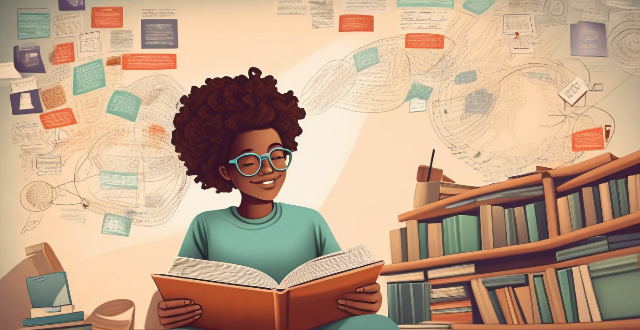
What role does vocabulary play in reading comprehension ?
The article discusses the crucial role of vocabulary in reading comprehension. It highlights how a robust vocabulary enhances understanding, improves fluency, promotes critical thinking, and increases empathy. The article also provides tips for improving vocabulary, such as reading widely, using flashcards or apps, looking up unfamiliar words, and practicing using new words. By following these tips, readers can expand their vocabulary and become more effective in comprehending texts.

Can speed reading help me save time when studying for exams ?
Speed reading can save time when studying for exams by increasing efficiency, improving recall, managing time better, and reducing stress. However, it may compromise comprehension, not be suitable for all text types, require skill development time, and lead to overconfidence. To effectively use speed reading, start early, combine techniques, take breaks, test comprehension, and customize your approach.

What are the benefits of having strong reading comprehension abilities ?
Strong reading comprehension abilities can provide numerous benefits such as improved communication skills, enhanced learning capabilities, better problem-solving abilities, and increased employment opportunities.

How can I improve my comprehension skills in English ?
Improving English comprehension skills is crucial for effective communication. Here are some tips to enhance these abilities: 1. **Read Regularly**: Start with simpler texts and gradually move on to more complex ones, paying attention to new vocabulary, idioms, and sentence structures. 2. **Listen Actively**: Listen to English audio content like podcasts, music, radio shows, and audiobooks to expose yourself to different accents and speaking styles. 3. **Watch English Videos**: Watch movies, TV shows, and educational videos in English, focusing on non-verbal cues and discussing the content with others. 4. **Practice with Language Exchange Partners**: Converse regularly with native speakers, ask questions, and learn from mistakes. 5. **Use Online Resources**: Utilize language learning apps, websites, and forums for interactive exercises, engaging with online communities, and getting personalized feedback.
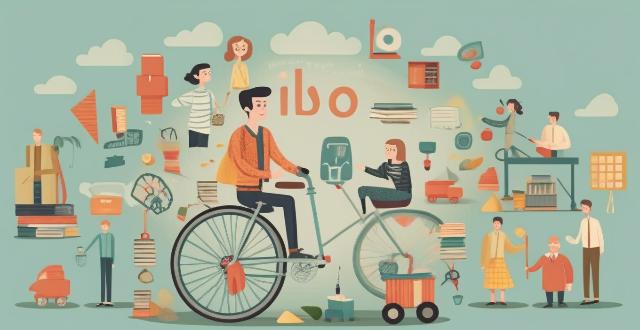
Is there a link between improved comprehension and critical thinking abilities ?
The link between improved comprehension and critical thinking abilities is explored, with a focus on how these skills are interconnected and work together to enhance cognitive abilities. The article suggests that improving one skill can lead to improvements in the other, creating a virtuous cycle of cognitive development. Techniques for improving both skills are also discussed, including reading widely, engaging in debates, and practicing active listening.

How can I improve my reading comprehension skills ?
Improving reading comprehension skills requires a consistent effort and the use of various strategies. Here are some key points to help you enhance your ability to understand written texts: 1. Read Regularly - Establish a routine, varying genres and authors. 2. Active Reading - Annotate by highlighting or making notes. - Ask questions before and during reading. 3. Summarize and Paraphrase - Write summaries of sections in your own words. - Create mental images like diagrams or stories. 4. Discuss and Apply - Join book clubs or study groups for discussions. - Apply what you read to real-life situations. 5. Utilize Tools and Resources - Use dictionaries, thesauruses, and research background information. - Access online courses and interactive tools. By integrating these strategies into your daily routine, you can improve your reading comprehension skills over time.

What are the challenges faced by students with poor reading comprehension skills ?
Students with poor reading comprehension skills face numerous challenges in various aspects of their lives, including academic difficulties, lower academic achievement, social and emotional issues, limited career opportunities, and lifelong learning obstacles. These challenges can significantly impact their overall well-being and future prospects, making it crucial for educators, parents, and policymakers to address this issue proactively.
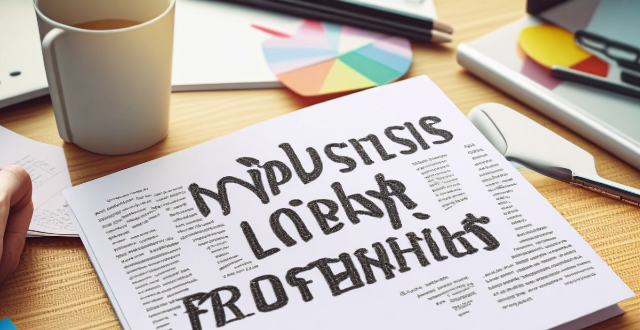
Are there any apps or tools that can help me track my progress in understanding different texts ?
The text discusses various apps and tools that can help users track their progress in understanding different texts, including Reading Comprehension Apps like Quizlet and Khan Academy; Productivity Tools for Text Comprehension such as Evernote and Trello; Online Tools for Text Analysis like SparkNotes and CliffsNotes; and Personalized Learning Platforms like Adaptive Learning Systems. These resources provide features such as flashcards, video tutorials, annotations, note-taking, project boards, database views, plot summaries, character analysis, chapter-by-chapter breakdowns, close reading, personalized pathways, real-time feedback, and reading logs to aid comprehension and monitor progress.
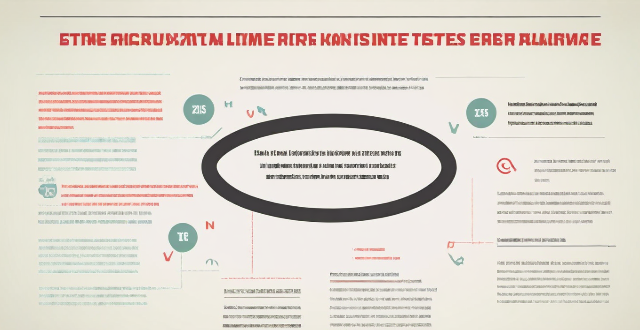
What role do summaries play in improving comprehension of lengthy articles ?
Summaries are crucial for improving comprehension of lengthy articles. They save time, enhance learning, and provide a structured framework for understanding complex information. To use summaries effectively, readers should read the summary first, take notes, and refer back to it after reading the full article. This helps in retaining information and identifying any gaps in knowledge or areas that require further research.

Why is it important to conduct a climate risk assessment ?
Climate risk assessment is crucial for understanding the potential impacts of climate change on different sectors and systems, identifying vulnerabilities and risks, developing adaptation strategies and policies, enhancing resilience and reducing losses, and supporting decision making. It helps in building a more resilient and sustainable future for all.
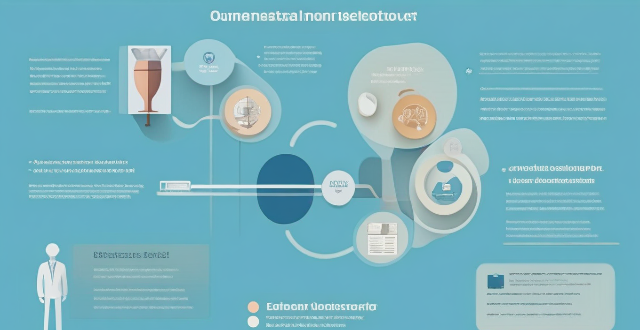
What are the benefits of conducting a climate risk assessment ?
Conducting a climate risk assessment is crucial for understanding the potential impacts of climate change on operations and assets. It offers benefits such as improved decision-making, identification of vulnerabilities and opportunities, better planning and management, alignment with regulatory requirements, and enhanced reputation and stakeholder engagement.
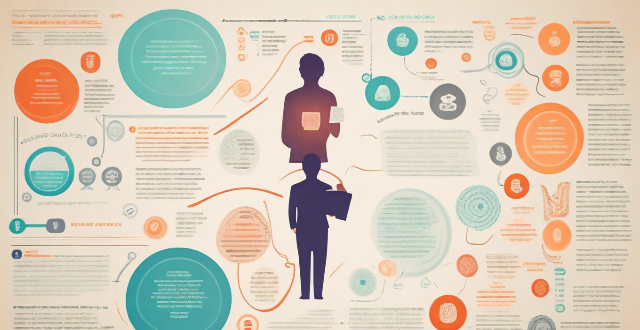
What are the key self-assessment techniques for personal growth ?
Self-assessment techniques help identify strengths, weaknesses, and areas for improvement. Key methods include reflecting on past experiences, setting goals and tracking progress, seeking feedback from others, keeping a journal or diary, and practicing mindfulness and self-awareness. These techniques provide different perspectives and help individuals understand their personal growth over time.

How can educational psychology be used to foster creativity and innovation in students ?
Educational psychology can be used to foster creativity and innovation in students by understanding their cognitive, emotional, and social needs. This involves encouraging curiosity, providing challenges, creating a safe environment, promoting resilience, collaboration, and valuing diversity. Teaching strategies such as inquiry-based learning and differentiated instruction can also enhance these qualities. Alternative assessments like portfolio assessment and performance tasks, along with formative assessment through feedback mechanisms and self-assessment, can further support creativity and innovation in students.

What are the key components of an effective climate policy assessment ?
The topic summary for the text is "Key Components of an Effective Climate Policy Assessment." The article discusses the importance of conducting a comprehensive assessment to address climate change challenges. It outlines key components that should be included in such an assessment, including objective identification, stakeholder involvement, analysis of emission sources and sinks, mitigation options, adaptation strategies, economic assessment, legal and institutional framework, and monitoring and evaluation. Each component is described with specific aspects to consider, such as setting clear goals, involving diverse stakeholders, assessing greenhouse gas emissions and sinks, evaluating technology solutions, identifying vulnerabilities, and tracking progress. The article emphasizes the need for transparency, cost-effectiveness, and continuous improvement in the policy process.